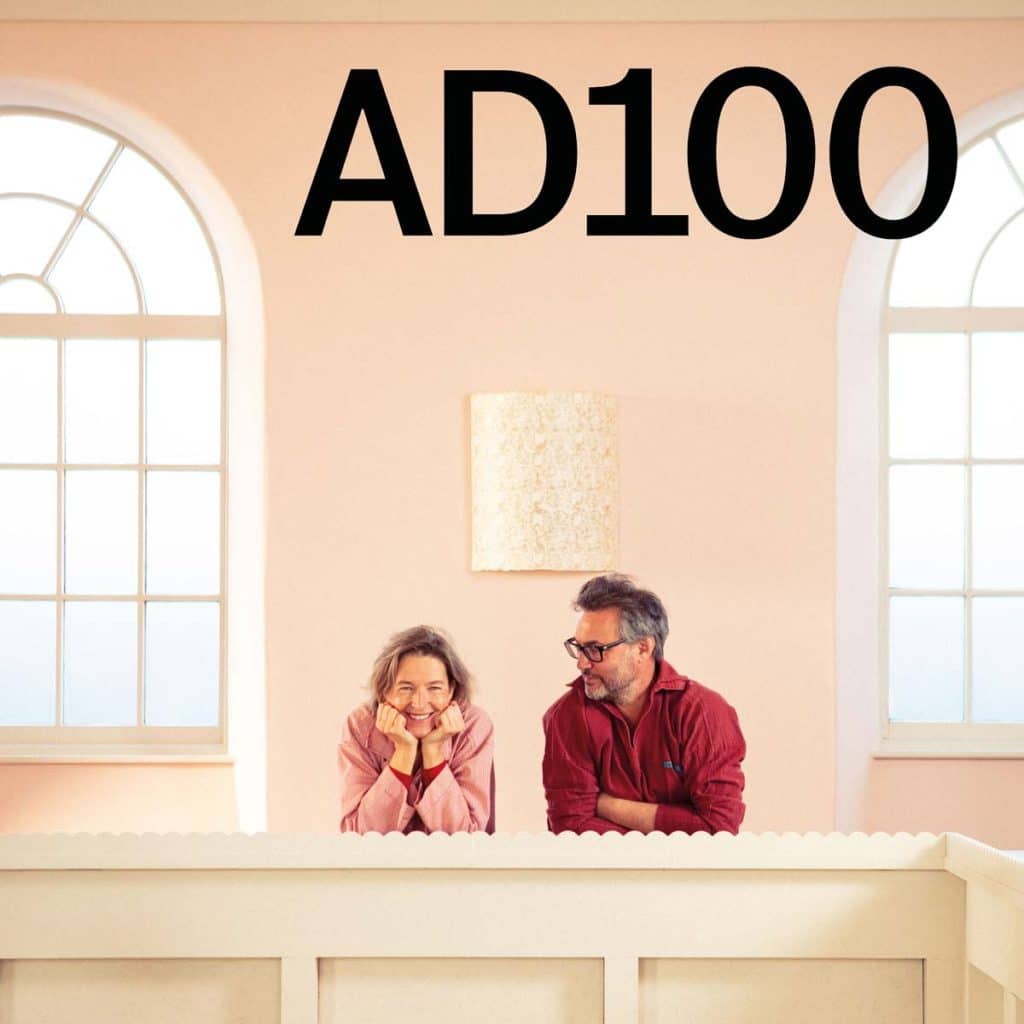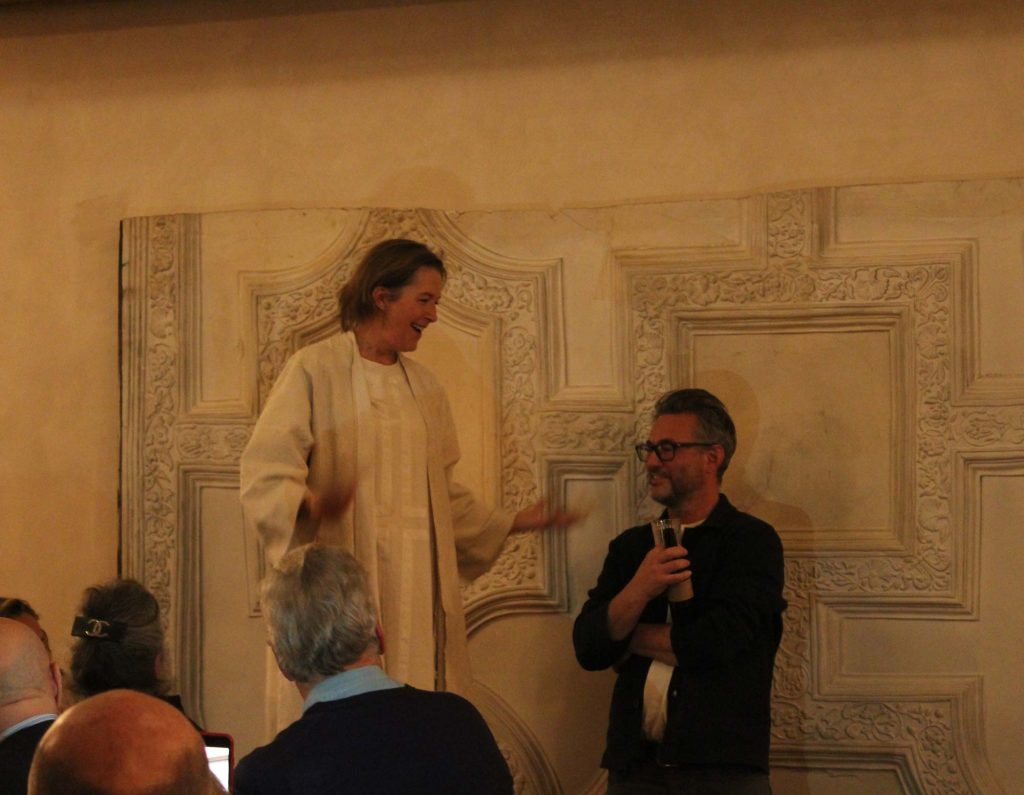If you saw this material, would you know what it is?
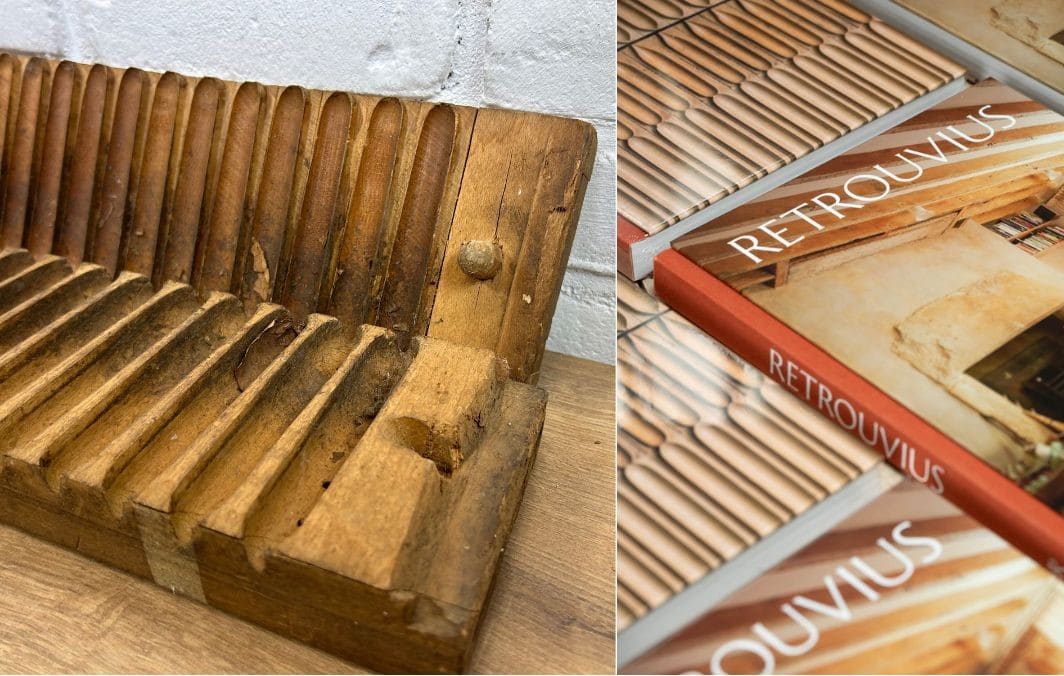
The motif on the back of our book offers a clue – these sculptural timber forms are, in fact, cigar molds.
Once an essential tool of the cigar-making trade, they were used to shape hand-rolled cigars before the advent of industrial machinery. Made in pairs from dense hardwoods such as mahogany, maple or beech, each half of a mold carries a series of shallow, perfectly rounded recesses. When the two halves are clamped together, the leaves inside would take on the uniform, gently tapering profile of a finished cigar.
Working with salvaged materials always carries an element of serendipity – one of the great pleasures of salvage is its unpredictability. You never quite know what materials might reveal themselves. Some years ago, Adam came across a batch of these molds and they sparked a series of inventive uses within our design work, reimagined in joinery and furniture detailing.
Their reuse has been particularly helpful in cabinetry where their very unique shape and depth of recess makes them ideal for doors as in the utility space below – the grooves enabling grip. In the example below we applied them in a horizontal stripe cutting across vertical planks of reclaimed maple flooring – timbers here also having their moment of play!
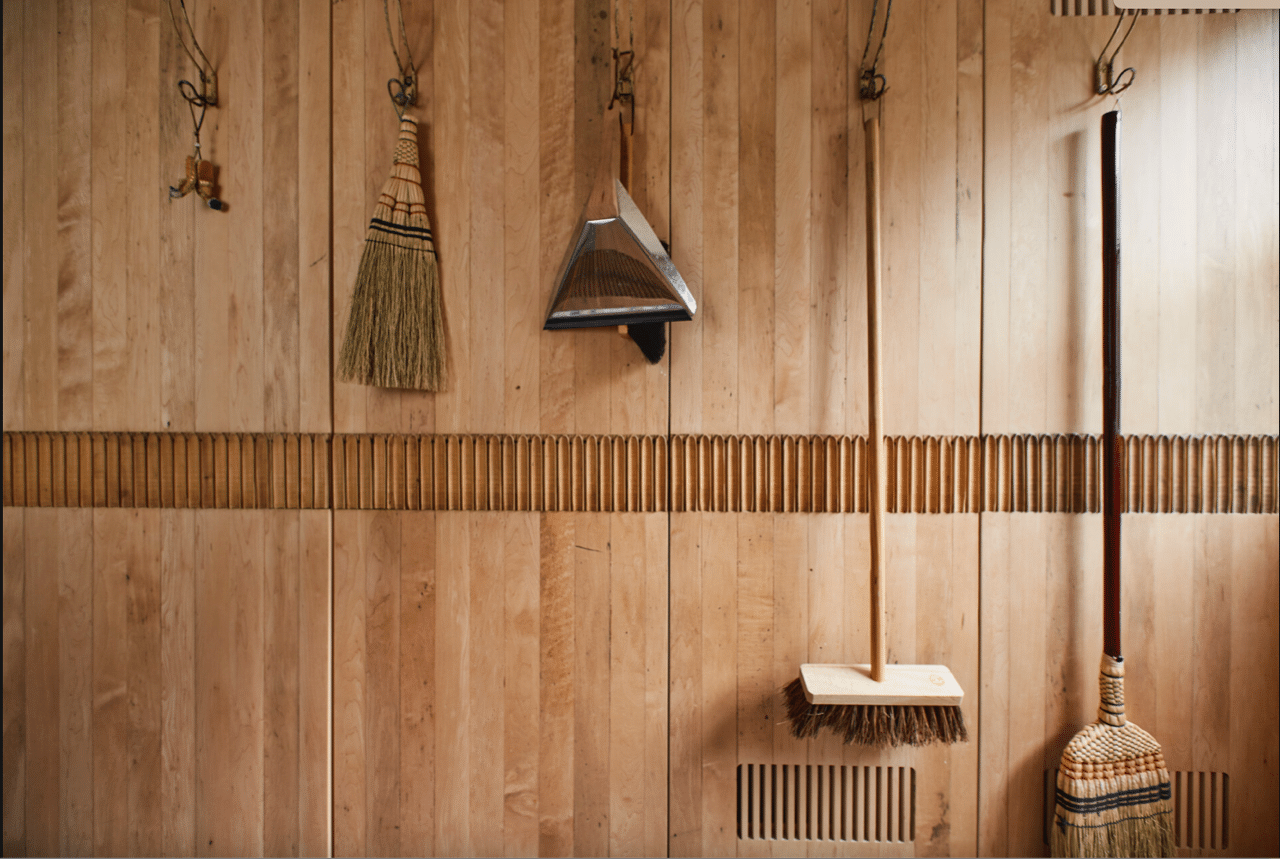
We have also applied cigar molds in single horizontal rows within kitchen joinery adding interest and variety to drawers and filling spaces within shelving to accommodate appliances, as in the examples below. One of their stronger features is how they can be teamed with other materials – cork and fabric in the kitchen on the left, marble and pink toned drawers on the right.
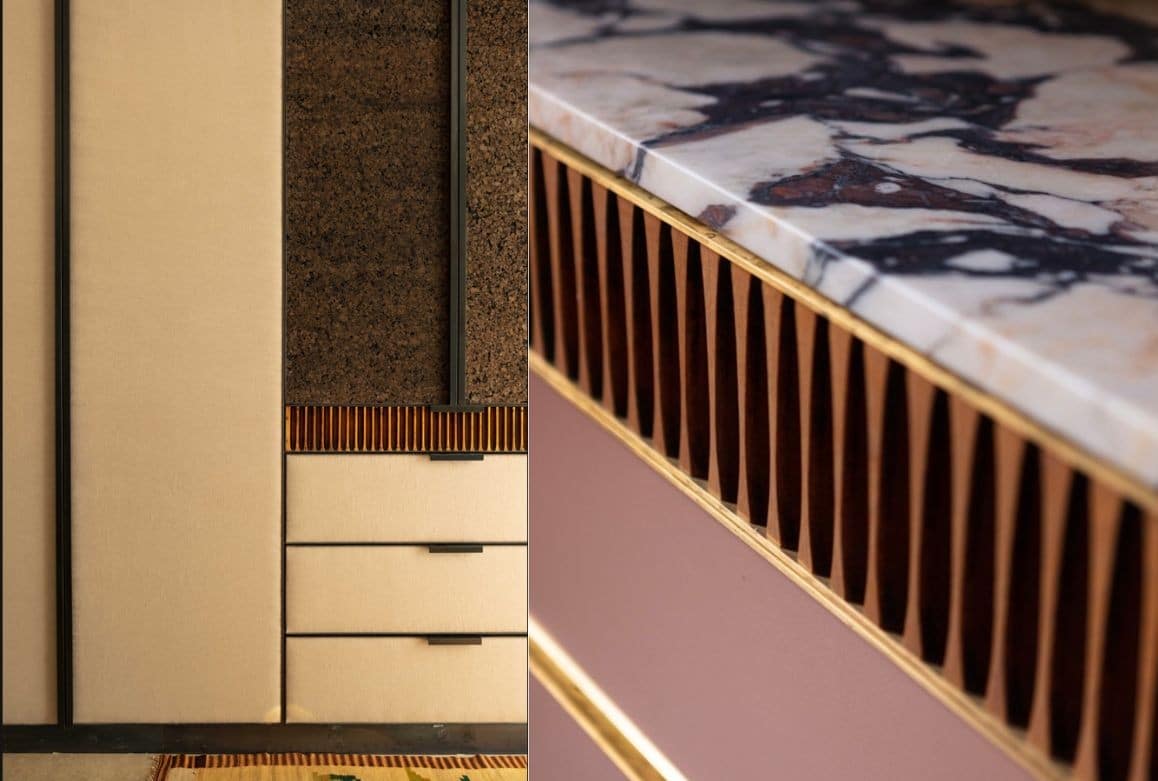
In the home offices below, their reuse, again applied in single horizontal rows, provides an effective solution to the design of these bespoke desks, elegantly united by the colour and other reclaimed material choices within each room.
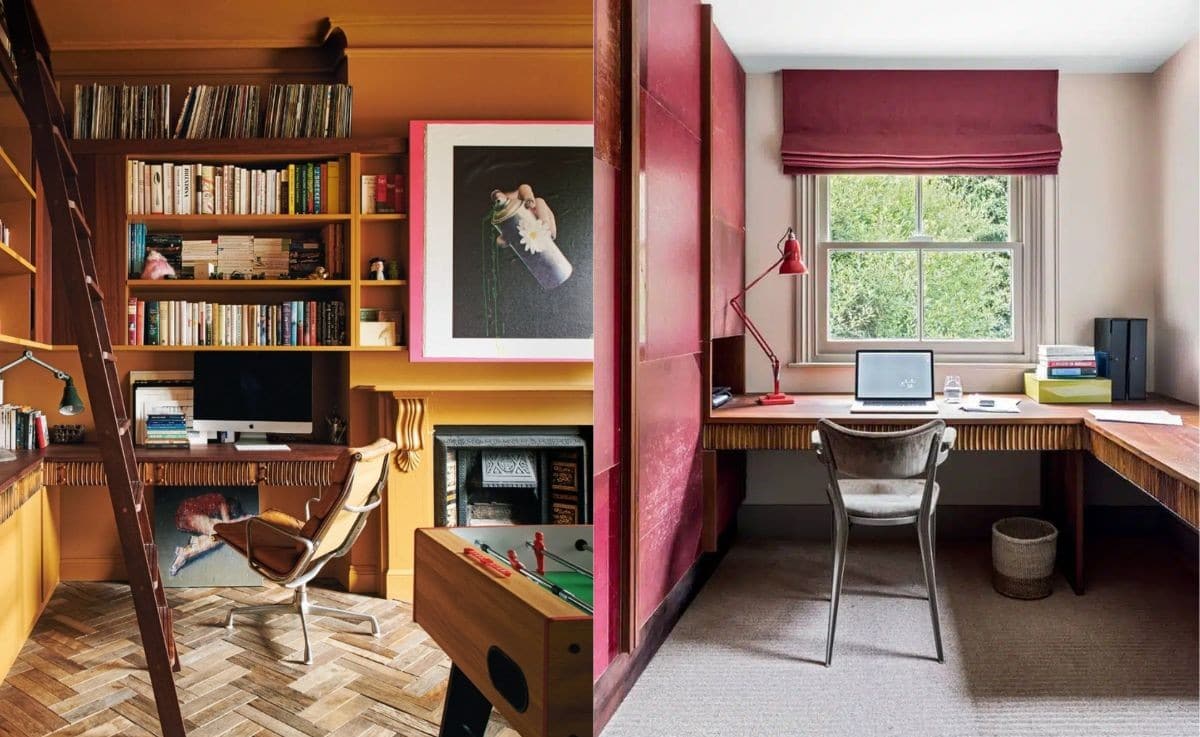
In an Umbrian farmhouse restoration which we worked on, vintage cigar molds play homage to the farm’s history producing tobacco, which still grows in the fields nearby. We used old sea-defense timber from England’s southern coast for the kitchen cabinets, richly patinated from variable weather and wave-battering – and these are inlaid with a horizontal row of cigar molds. Their reuse in this project creates a strong connection to the building’s heritage and family history. You can read more about this project in our book.
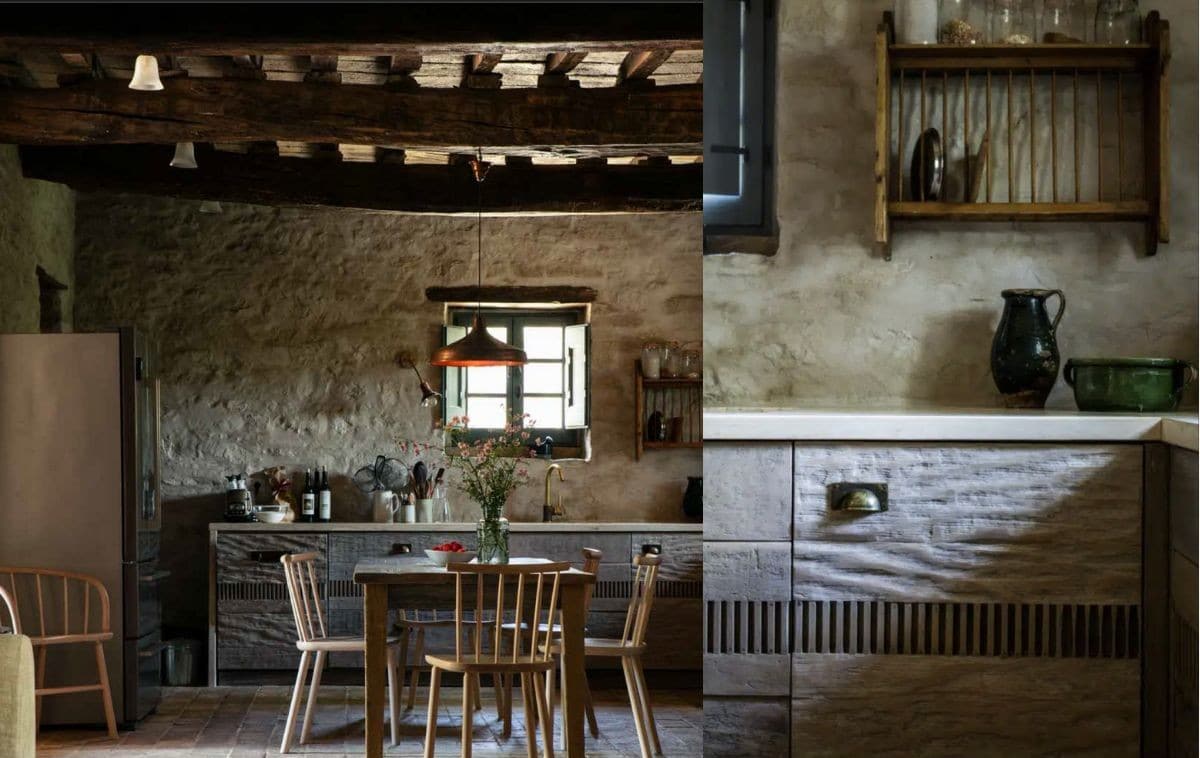
In another project, which also features in our book, we wrapped the entire kitchen island in cigar molds! As an example of our “more is less” approach, here the role of the mold gives presence to the kitchen island. For the owners of this farmhouse, family life centers round a shared joy of cooking – so we wanted their kitchen island to represent its role in the family. As we explored various materials, these Dutch cigar molds with their interesting texture and sculptural nature, provides that authority. Their pale tone also works with the reclaimed cheese boards and the cut bricks which feature within the rest of the kitchen.
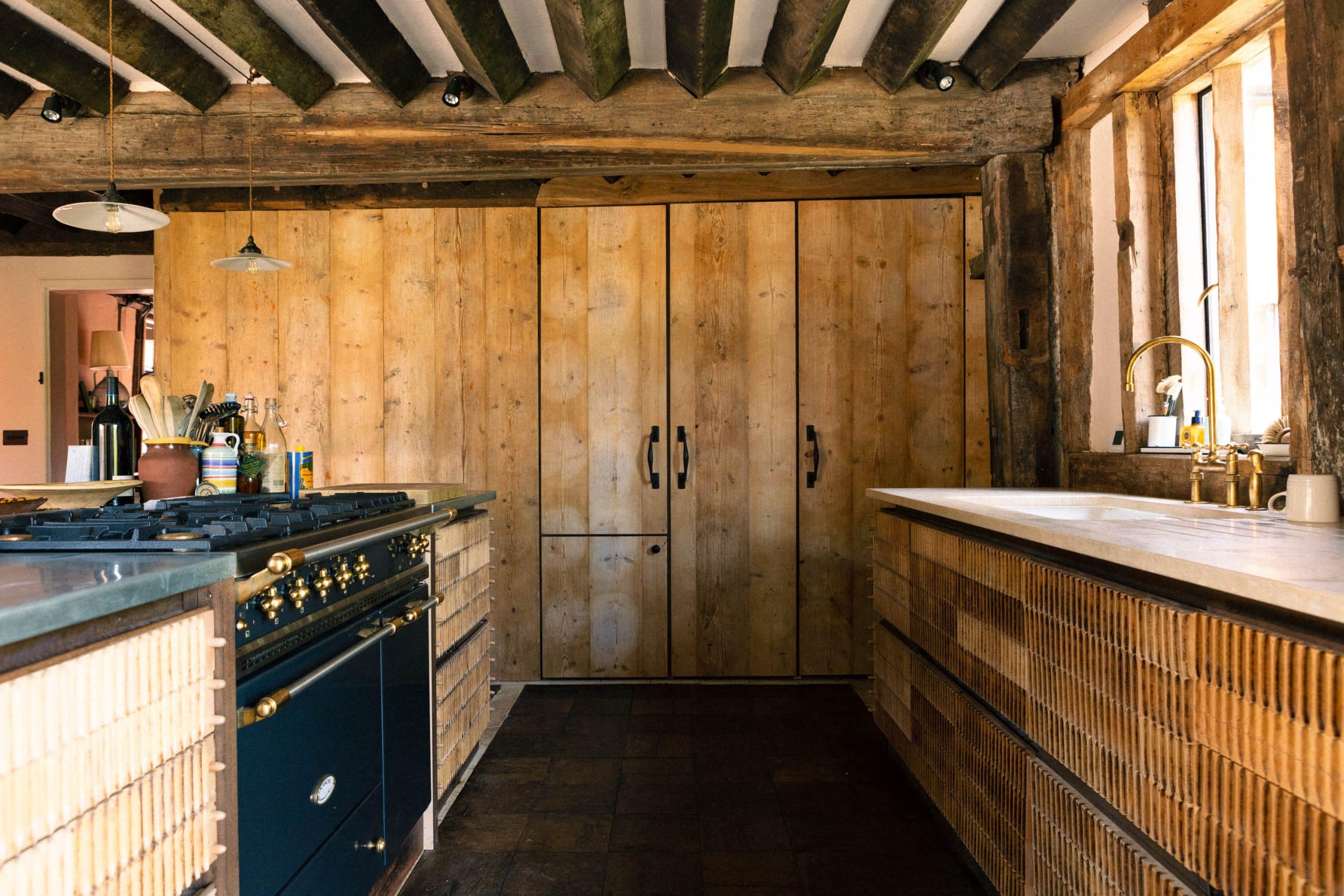
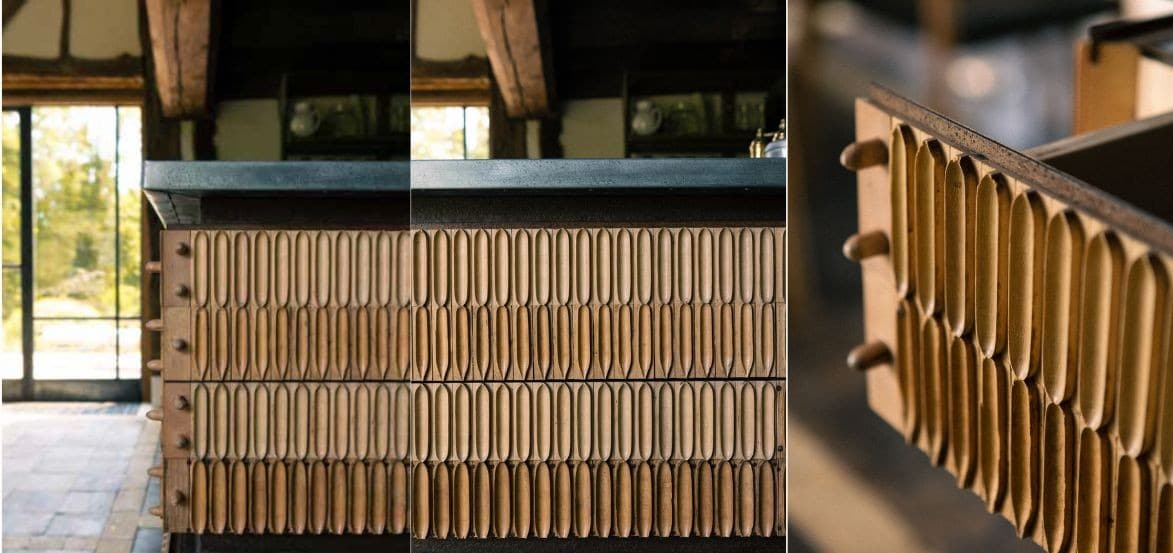
Although harder to come by now, cigar molds live on through the designs they have inspired – their repetitive geometry and rich patina creating tactile surfaces that invite touch and inspire delight.

